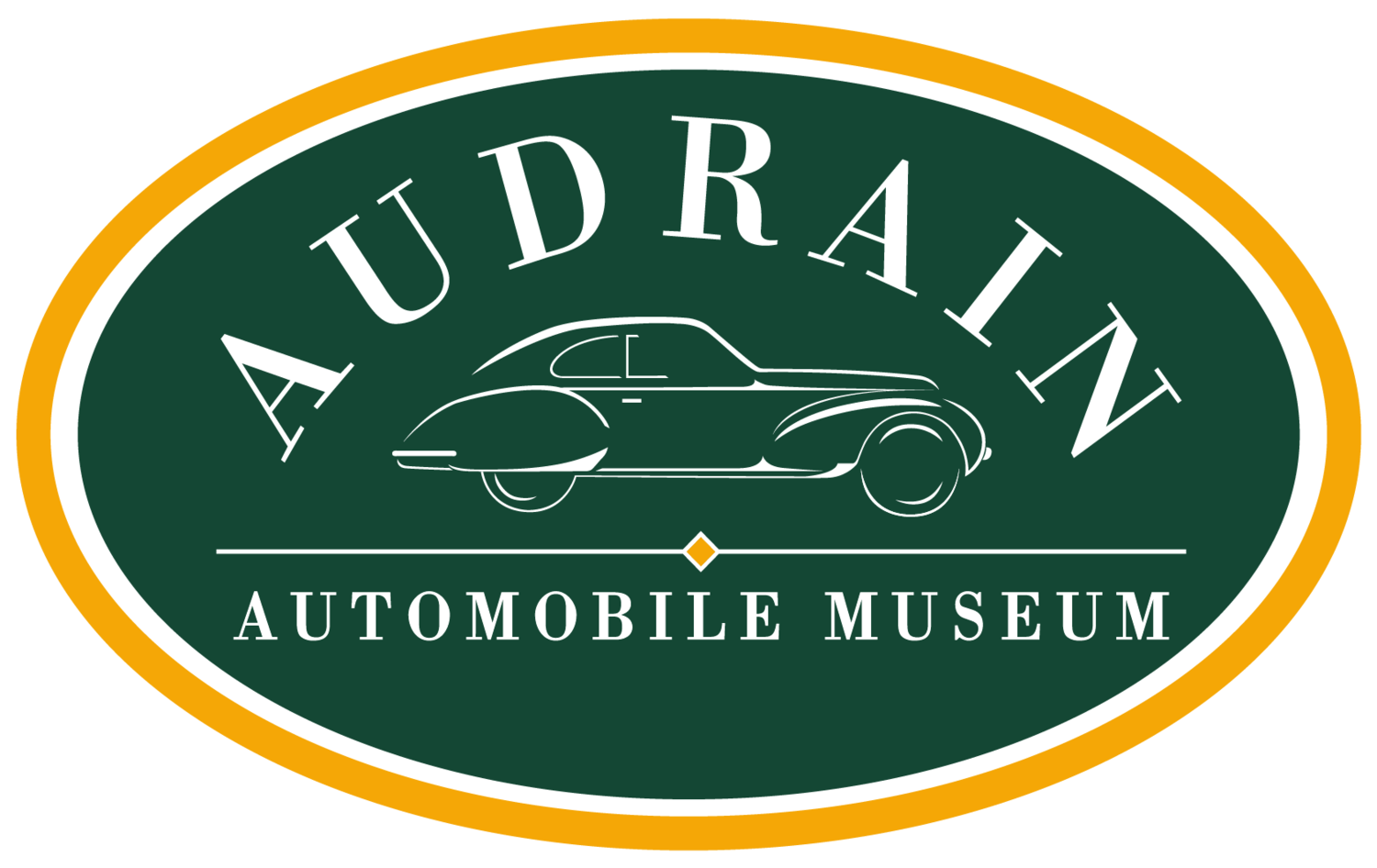1967 Rupp Chaparral CS-2 twin engine go-kart
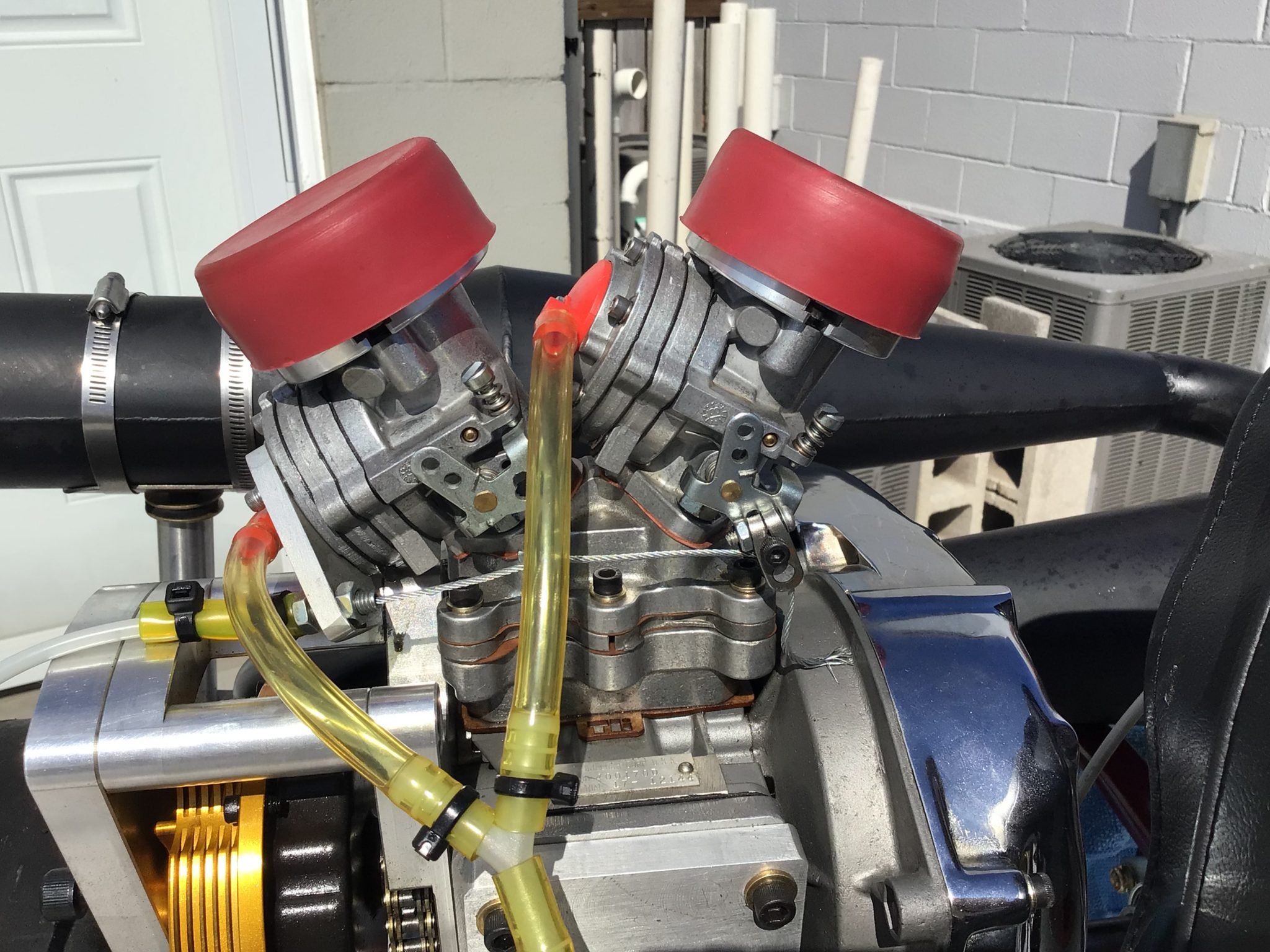
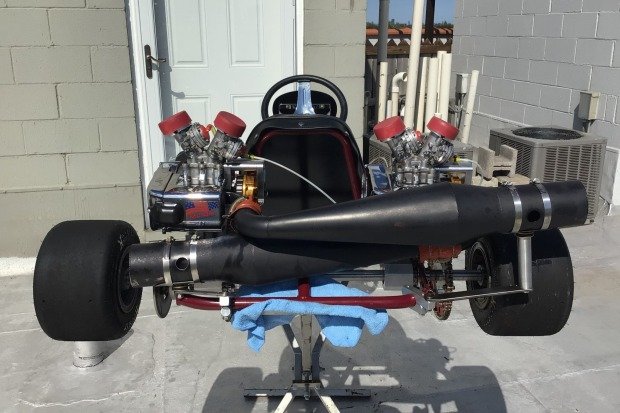
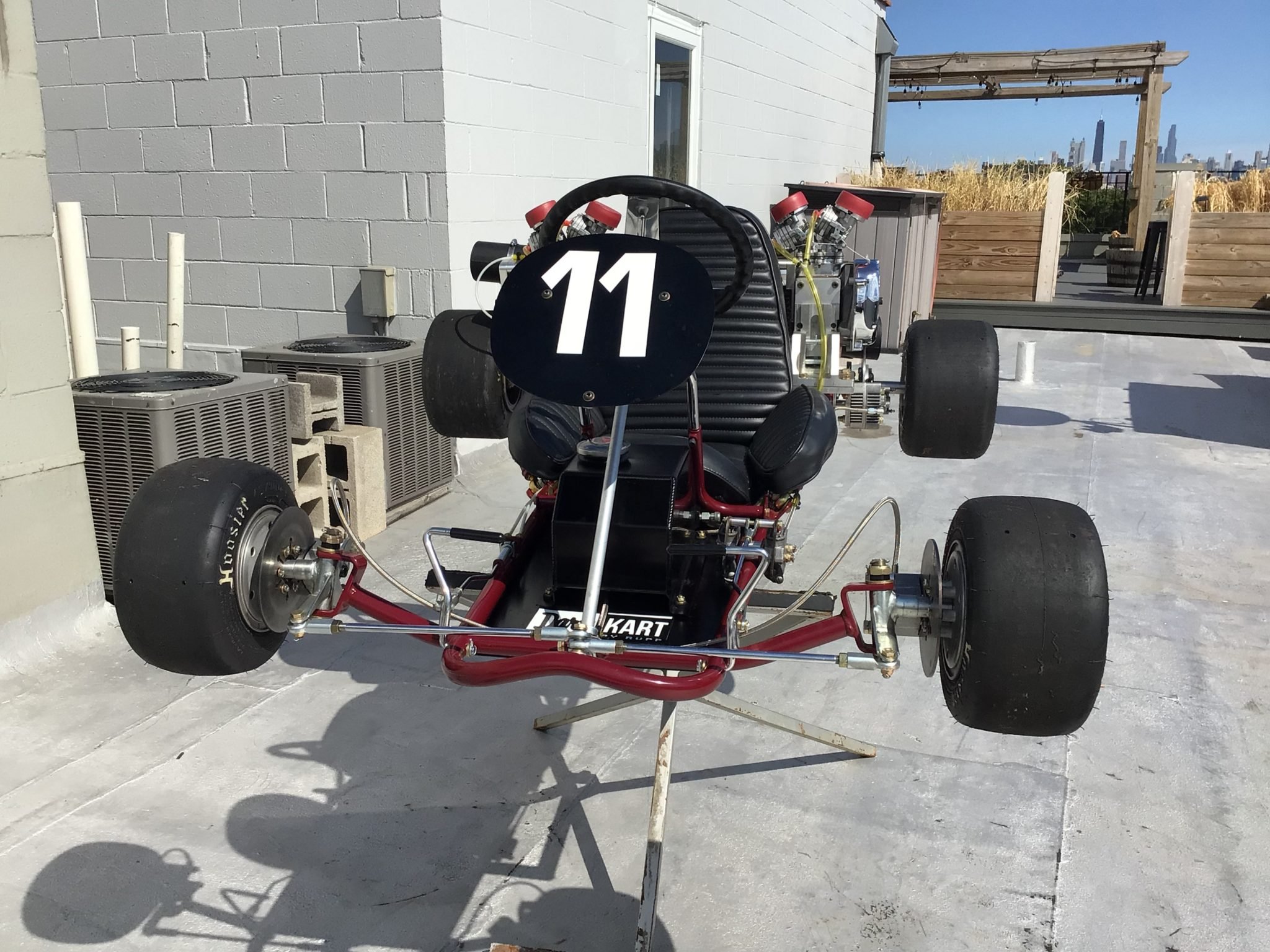
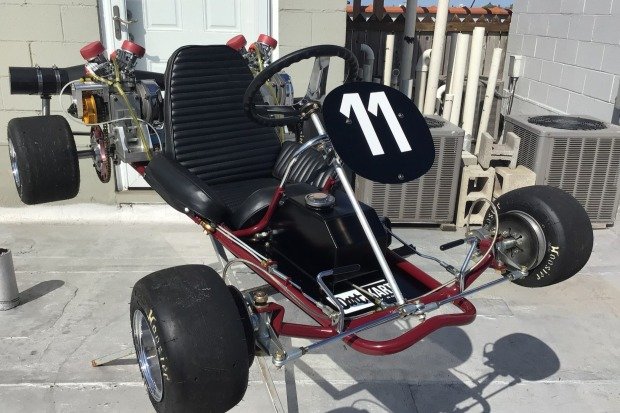
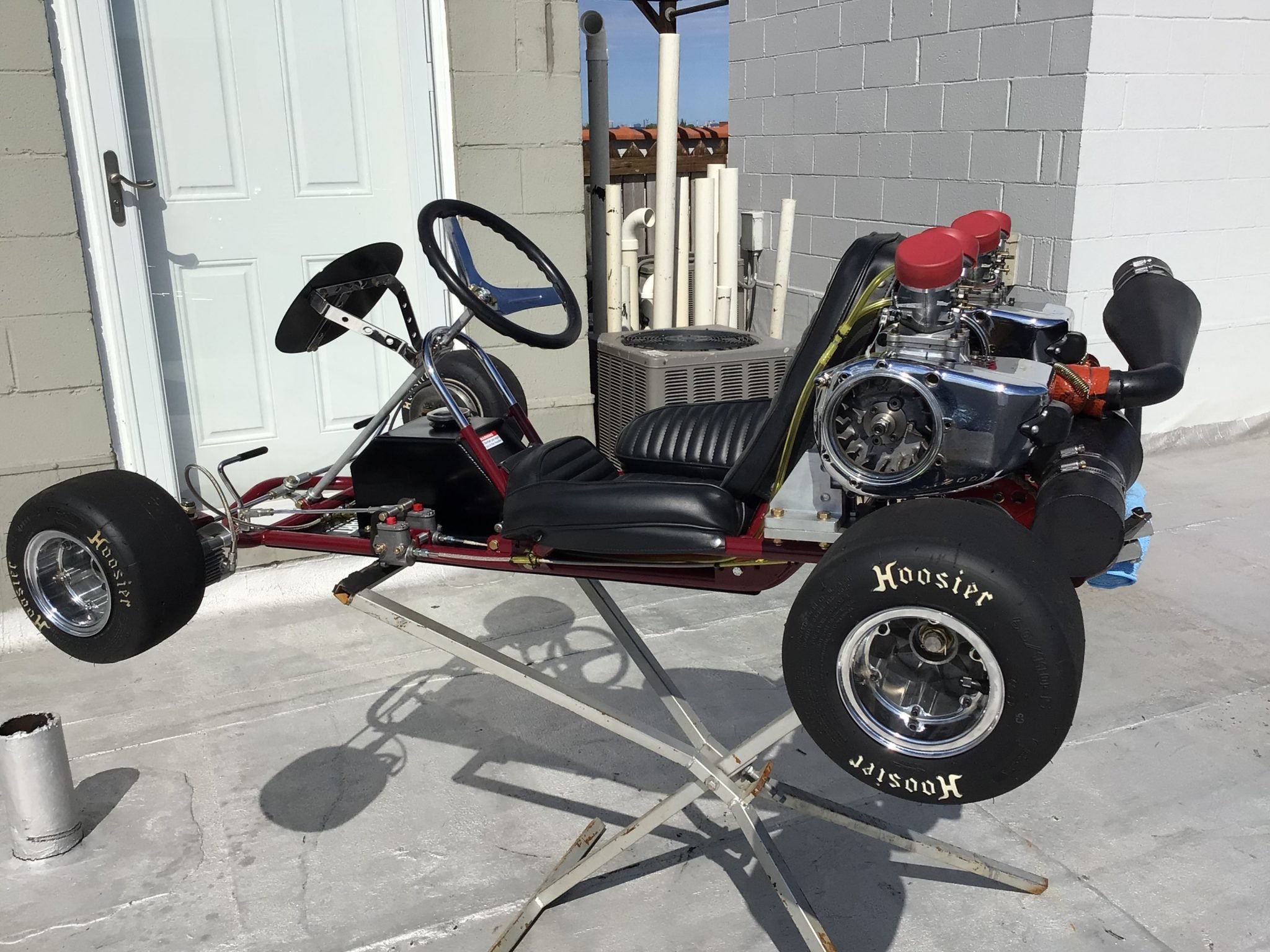
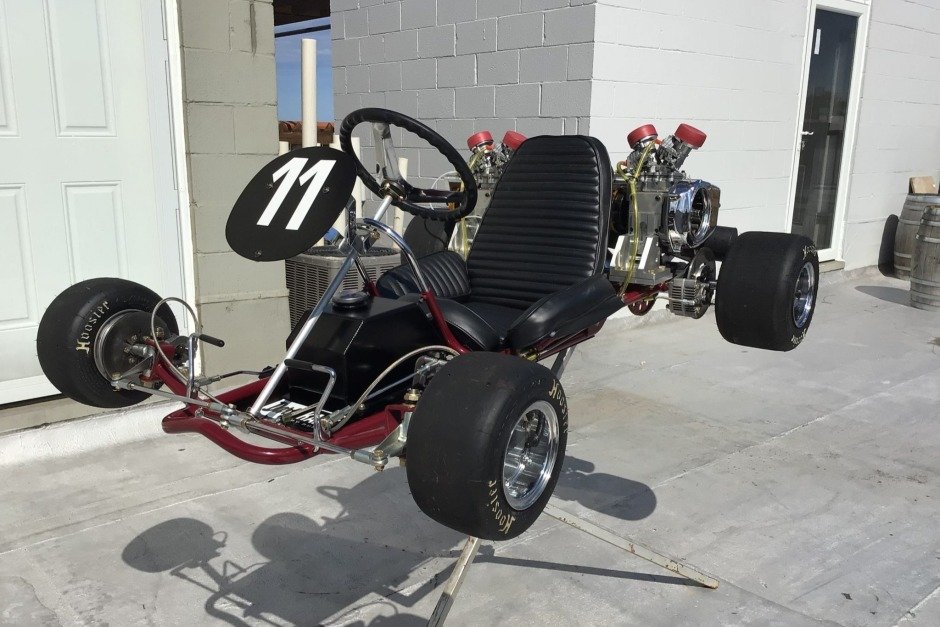
Two potent air-cooled engines producing 20+ total hp at 9000 rpm
Top speed of over 70 mph
Renown chassis and engine makers which defined 1960’s go-karting
This Rupp Chaparral offers one of the highest power to weight ratios of any vehicle currently on display in the museum. McCulloch Motors produced small two-stroke engines for numerous applications starting in the 1940’s, ranging from chainsaws to outboard boat motors and then go-karts starting in the late 1950’s. McCulloch is also widely recognized for production of their superchargers. This Rupp has been fully restored and has driven just two miles since restoration. With two single-cylinder two-stroke air-cooled engines producing 12.5 horsepower each, this kart is capable of achieving speeds of over 70 MPH.
The McCulloch MC-101 engines seen on this go-kart entered production in 1967 and were used until the early 1980’s in both go-kart and ultralight aircraft applications. On pump fuel, these engines produced 12.5 horsepower at 9000 RPM, however this kart features methanol-blown dual Tillotson carburetors, producing more horsepower when fueled with methanol. Power is sent to the rear wheels through L&T six-spring wet clutches and a solid rear axle, and Airheart brakes provide stopping power at the front wheels and on the rear axle.
Rupp Industries was founded in 1959 and manufactured go-karts, minibikes, snowmobiles, and other vehicles until 1978. Mickey Rupp began building go-karts in his basement in the 1950’s, making many contributions to the evolution of go-kart design over the years, including step frames and a new braking system that improved driver control. These Rupp karts are now extremely popular amongst collectors, especially when equipped with twin-McCulloch engines – though this is far from a kid’s toy!
Specifications:
Engines: 125cc McCulloch two-stroke, single-cylinder, twin engines
Power: 12.5 hp each – 25 hp total
Brakes: Airheart front and rear
Dry Weight: 125 lbs
Top Speed: 75 mph
